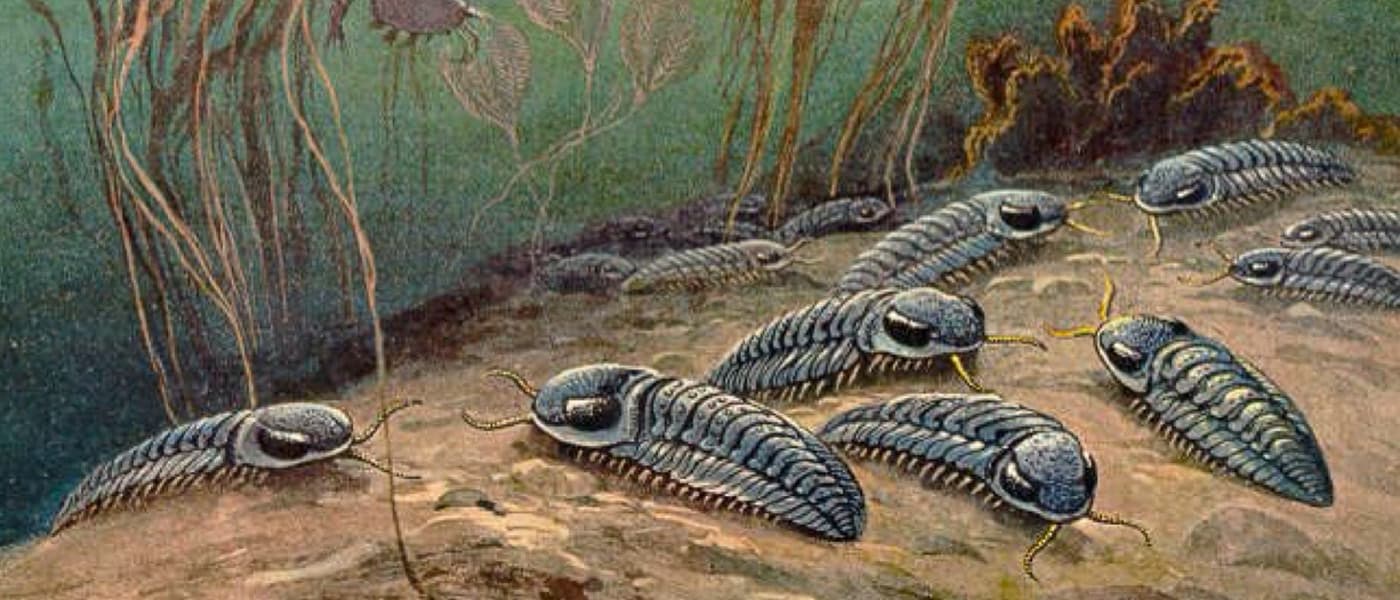The Right Conditions
In our search for extraterrestrial life, we don't just look at what's on a planet right now — we also look into the possibility that complex life once existed but disappeared at some point in the past. But what if that true about our own planet, too? That's what researchers from the University of Washington (UW) explored in a paper published in the January 18 edition of the Proceedings of the National Academy of Sciences (PNAS).
The researchers studied isotopic traces of the element selenium in sedimentary rocks as a tool to measure oxygen levels in the Earth's atmosphere some 2 to 2.4 billion years ago. They analyzed these selenium traces in sedimentary shale pieces using mass spectrometry in the UW Isotope Geochemistry Lab. They checked if selenium was oxidized or changed by the presence of oxygen. If so, oxidized selenium compounds could have been reduced, causing isotopic ratio shifts that would be recorded on the rocks. When oxygen is present, selenium in rocks also becomes abundant.
“There is fossil evidence of complex cells that go back maybe 1 ¾ billion years, but the oldest fossil is not necessarily the oldest one that ever lived – because the chances of getting preserved as a fossil are pretty low,” said researcher Roger Buick. “This research shows that there was enough oxygen in the environment to have allowed complex cells to have evolved, and to have become ecologically important, before there was fossil evidence. That doesn’t mean that they did — but they could have.”
Precious Life
Previously, the general thought was that oxygen appeared on Earth and gradually increased to the point where complex life could exist. "But what it looks like now is, there was a period of a quarter of a billion years or so where oxygen came quite high, and then sunk back down again," Buick explained. This duration is important. "Whereas before and after maybe there were transient environments that could have occasionally supported these organisms, to get them to evolve and be a substantial part of the ecosystem, you need oxygen to persist for a long time,” said lead author Michael Kipp.
Based on this evidence of an oxygen overshoot on our own planet, it would appear that the conditions that make complex life possible aren't a rare phenomena that can only happen once in 4.5 billion years, and each occurrence can last for a significant duration of time. If this is true, what was this life on Earth like? Did some of it evolve, and if so, into what?
To be sure of anything, though, we'd need to find some evidence of this earlier life, if there is any. Aside from that, the question of what caused oxygen levels to go up so high and then disappear dramatically, only to reappear again about one billion years later, remains. “That’s the million-dollar question,” researcher Eva Stüeken said. “It’s unknown why it happened, and why it ended.”
Furthermore, could the same thing have happened on Earth-like exoplanets? The method used by the UW researchers could be replicated in the future to check if the same conditions that made life possible in Earth's past ever existed on other planets. Ultimately, this research could simultaneously change the way we look for extraterrestrial life and how we think about past life on our home planet.
Share This Article
